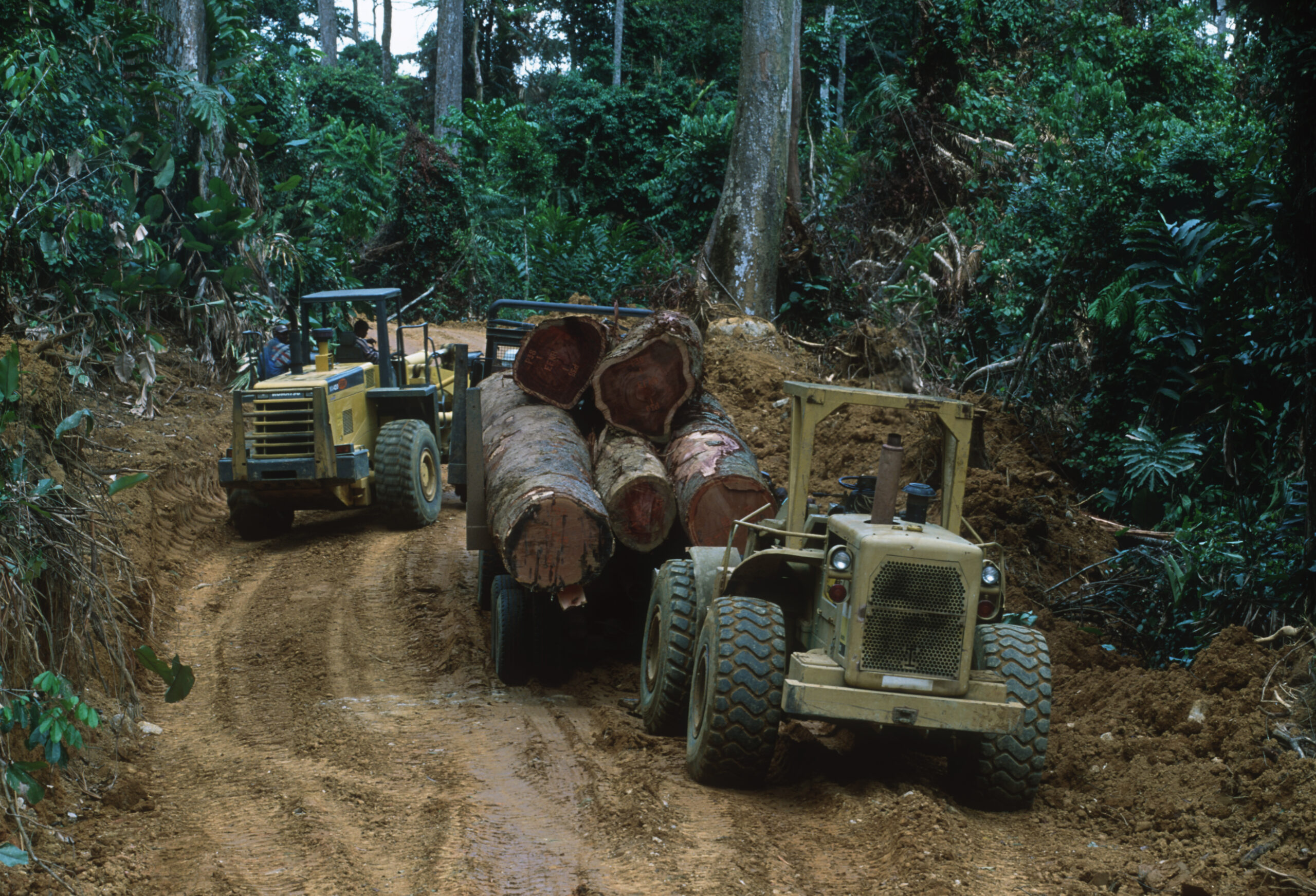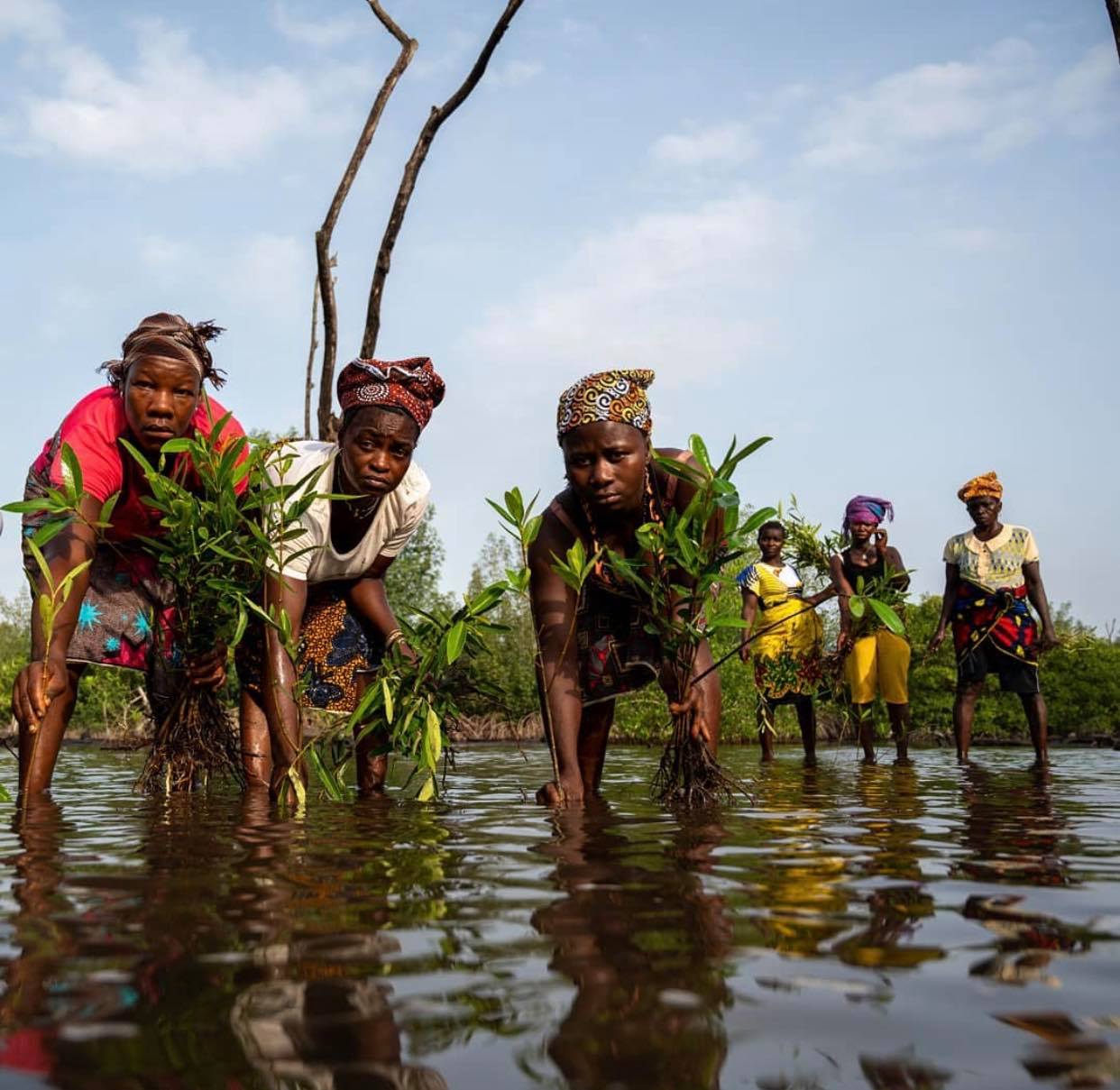Habitat Conservation:
Working Together to Reclaim Wild Lands
As forest and savannah land disappears in Africa, PASA members create coalitions and community-based solutions to protect existing wild places, and reclaim others.
Breaking Down the Issue
Loss of habitat, as well as fragmentation and degradation of habitat, are severe threats to the survival of Africa’s great apes and monkeys. Agriculture, logging, and mining are among the major causes of habitat destruction. Forests are clearcut for construction projects, roads, and pulp for paper products. The mining industry exploits wilderness for gems, metals and rare earth elements.
A pressing threat is the clearing of forest for palm oil plantations, an industry that has already devastated forests in Southeast Asia. Palm oil is is commonly used in a wide variety of products from processed foods to soaps and cosmetics. Nearly 50% of what you find on a Western supermarket shelf contains some form of palm oil. Unfortunately, because palm oil is so versatile and inexpensive, forests all over Africa are cut down and converted to palm oil plantations. This is an unsustainable practice and is a danger to struggling wildlife populations, local communities, and ultimately entire ecosystems.

Rainforest logs are hauled out of the forest for export. © M. Harvey, 2002
PASA’s Approach
PASA members collaborate with their governments to protect vast tracts of critically threatened natural habitat across Africa.
- In D.R. Congo, Lola ya Bonobo worked with local officials to create Ekolo ya Bonobo, a 120,000 acre community forest preserve.
- Projet Protection des Gorilles-Congo (PPG) created a Federation of Village Associations, which includes 20,000 people living in the periphery of a national park. The Federation amplifies local conservation efforts to protect the forest.
- Aliette Jamart and the HELP Congo staff worked closely with communities and the Republic of Congo government to create the National Park of Conkouati-Doula.
In fact, almost half of PASA members have successfully helped to establish new legally protected areas. The centers’ close relationships with government agencies and their knowledge of local cultures is critical to these collaborations.

As part of the Sorbengi Oyster Project, local women plant mangroves to prevent erosion. © Tacugama Chimpanzee Sanctuary
